Home>Gardening & Outdoor>Plant Care & Gardening Tips>What Is Wildflower Honey
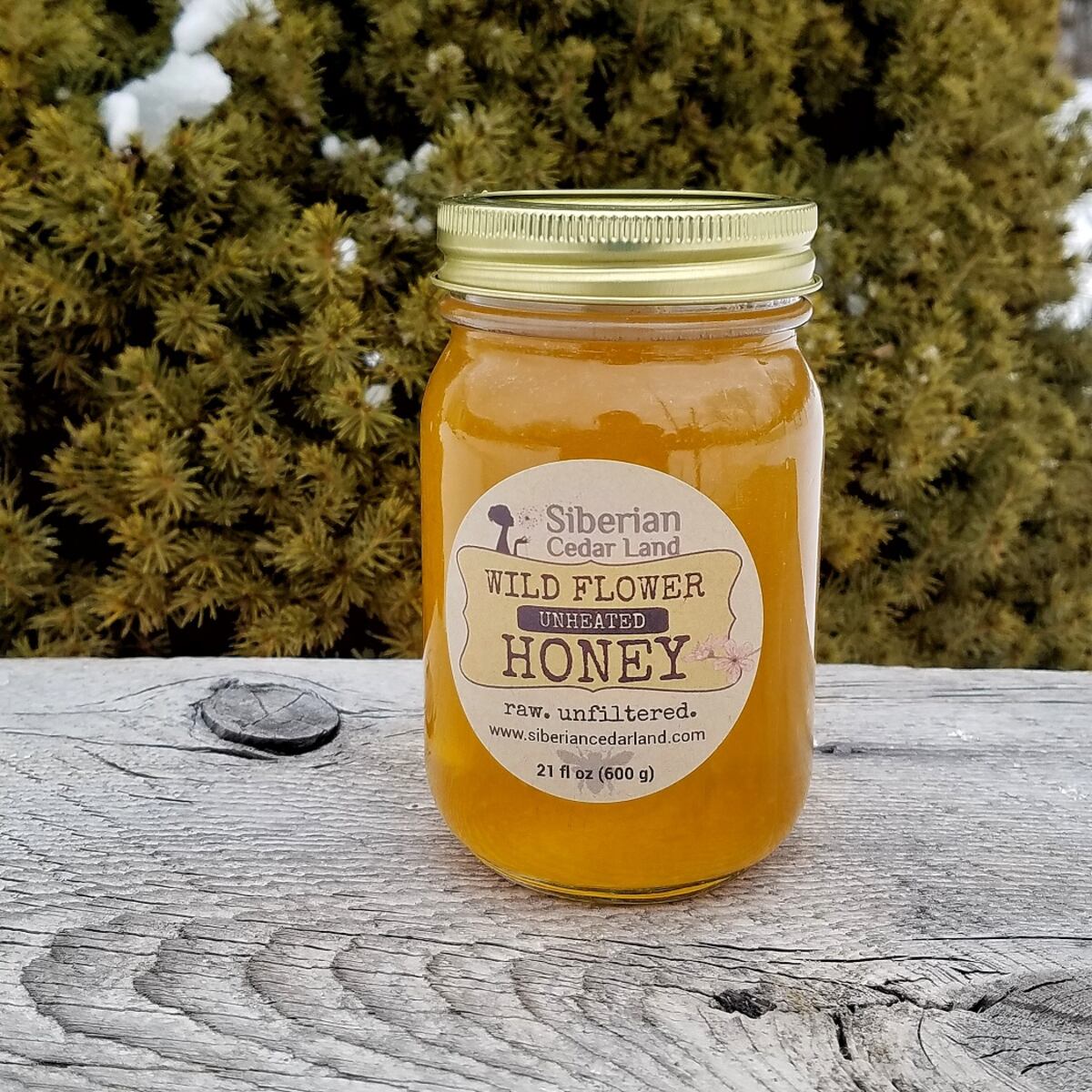

Plant Care & Gardening Tips
What Is Wildflower Honey
Modified: February 23, 2024
Discover the benefits and uses of wildflower honey with our expert plant care and gardening tips. Learn how to incorporate this natural sweetener into your daily routine.
(Many of the links in this article redirect to a specific reviewed product. Your purchase of these products through affiliate links helps to generate commission for Storables.com, at no extra cost. Learn more)
Introduction
Introduction
Wildflower honey is a delightful and versatile natural sweetener that has gained popularity for its unique flavor and numerous health benefits. This golden elixir is not only a delicious addition to a variety of dishes but also offers a host of medicinal properties. In this article, we will delve into the captivating world of wildflower honey, exploring its origins, characteristics, health benefits, culinary uses, and tips for choosing and storing this delectable nectar.
Join us on a journey through lush meadows and vibrant landscapes as we uncover the enchanting story of wildflower honey, a true gift from nature.
What Are Wildflowers?
Key Takeaways:
- Wildflower honey is a versatile natural sweetener with diverse flavors and health benefits, making it a delightful addition to culinary creations and a potential ally for immune support and wound healing.
- When choosing and storing wildflower honey, look for pure, unadulterated varieties, consider raw and unfiltered options, and store it in a cool, dry place to preserve its natural goodness and prevent crystallization.
Read more: What Is Wildflower Honey Good For?
What Are Wildflowers?
Wildflowers are a diverse array of flowering plants that grow freely in natural environments such as meadows, forests, and grasslands. Unlike cultivated flowers, wildflowers are not intentionally planted or tended by humans. Instead, they flourish in their native habitats, adding splashes of color and beauty to the landscape.
These untamed blooms come in a stunning variety of shapes, sizes, and hues, ranging from delicate daisies and vibrant poppies to majestic sunflowers and elegant lupines. They play a crucial role in supporting local ecosystems by providing nectar and pollen for bees, butterflies, and other pollinators. Additionally, wildflowers contribute to the overall biodiversity of an area, creating essential habitats for a wide range of wildlife.
One of the most enchanting aspects of wildflowers is their ability to thrive in diverse climates and soil conditions. Whether nestled in the foothills of a mountain range or dancing along the banks of a babbling brook, these resilient blossoms adapt to their surroundings, showcasing nature’s remarkable resilience and beauty.
Wildflowers are not only a sight to behold but also serve as a source of inspiration for artists, poets, and nature enthusiasts. Their untamed allure and ephemeral beauty have captured the hearts and imaginations of people throughout history, making them a beloved symbol of freedom, vitality, and the untamed spirit of the natural world.
Now that we’ve gained a deeper understanding of wildflowers and their captivating presence in the natural world, let’s explore how these enchanting blooms contribute to the creation of the delectable treat known as wildflower honey.
The Making of Wildflower Honey
The Making of Wildflower Honey
Wildflower honey, often referred to as polyfloral honey, is a true testament to the beauty and abundance of nature’s floral tapestry. The process of crafting this exquisite honey begins with the foraging efforts of industrious honeybees as they seek out the nectar of a diverse array of wildflowers.
As honeybees flit from one blossoming wildflower to another, they collect nectar using their specialized proboscis, a straw-like tongue designed for sipping the sweet liquid concealed within the petals. The nectar is then stored in the bees’ honey sacs, where it mixes with enzymes that begin the transformation from nectar to honey.
Upon returning to the hive, the forager bees regurgitate the nectar and pass it on to worker bees, who further process and store the liquid within the honeycomb cells. Inside the hive, the bees’ collective efforts result in the evaporation of excess moisture from the nectar, leading to the thick, viscous substance we know as honey.
What makes wildflower honey truly remarkable is the diverse range of floral sources from which the nectar is gathered. Each wildflower imparts its own unique blend of sugars, enzymes, and aromatic compounds, contributing to the complex flavor profile of the resulting honey. This natural diversity gives wildflower honey its distinct taste, often characterized by floral, fruity, and sometimes earthy undertones.
Due to the ever-changing landscape of wildflowers throughout the seasons, the composition of wildflower honey can vary based on the time of year and the specific floral species in bloom. This dynamic interplay of botanical influences infuses wildflower honey with a rich tapestry of flavors, reflecting the vibrant mosaic of the natural world.
The making of wildflower honey is a testament to the harmonious relationship between honeybees and the bountiful wildflowers that grace our meadows and woodlands. This symbiotic connection results in the creation of a sweet, golden treasure that captures the essence of nature’s untamed beauty.
Now that we’ve explored the captivating process behind the creation of wildflower honey, let’s delve into the unique characteristics that set this ambrosial nectar apart.
Characteristics of Wildflower Honey
Characteristics of Wildflower Honey
Wildflower honey is renowned for its distinct characteristics, setting it apart from other varieties of honey. Its unique composition and flavor profile stem from the diverse array of wildflowers from which the nectar is gathered, resulting in a captivating blend of aromas, flavors, and beneficial compounds.
1. Flavor Profile: The defining feature of wildflower honey is its complex and nuanced flavor profile. Reflecting the diverse floral sources from which it is derived, wildflower honey exhibits a delightful medley of floral, fruity, and sometimes earthy undertones. This rich tapestry of flavors makes wildflower honey a versatile and sought-after culinary ingredient.
2. Aromatic Notes: The aroma of wildflower honey is equally enchanting, often exuding a delicate bouquet of floral fragrances that vary depending on the specific wildflowers visited by the honeybees. This natural perfume adds an alluring dimension to the sensory experience of wildflower honey.
3. Color Variations: Wildflower honey displays a spectrum of hues, ranging from light golden to amber and even darker shades. These color variations are influenced by the pigments present in the nectar of different wildflowers, resulting in a visually stunning array of honey tones.
4. Nutritional Benefits: In addition to its captivating flavors and aromas, wildflower honey offers a host of nutritional benefits. Rich in antioxidants, vitamins, and minerals, this golden elixir provides a natural energy boost and supports overall well-being. Its natural sweetness also makes it a healthier alternative to refined sugars when used in moderation.
5. Crystalization: Over time, wildflower honey may undergo a natural process known as crystallization, where the sugars in the honey form fine crystals. This is a normal occurrence and does not indicate spoilage. In fact, many honey enthusiasts appreciate the unique texture and spreadable consistency of crystallized wildflower honey.
6. Floral Origins: While the exact floral sources of wildflower honey may vary based on geographical location and seasonal blooming patterns, common contributors include clover, dandelion, lavender, sunflower, and a myriad of other wild blooms. This botanical diversity contributes to the captivating tapestry of flavors found in wildflower honey.
These distinctive characteristics make wildflower honey a beloved and versatile addition to the culinary world, offering a sensory journey through the bountiful landscapes where wildflowers thrive. Now, let’s uncover the valuable health benefits that wildflower honey has to offer.
Health Benefits of Wildflower Honey
Wildflower honey is made by bees that collect nectar from a variety of wildflowers. It has a unique flavor and color, and may contain more antioxidants and nutrients than other types of honey.
Health Benefits of Wildflower Honey
Wildflower honey is not only a delectable treat but also a treasure trove of health-promoting properties. From its rich antioxidant content to its natural antibacterial qualities, wildflower honey offers a myriad of benefits that have been cherished for centuries.
1. Antioxidant Powerhouse: Wildflower honey is packed with antioxidants, including flavonoids and phenolic compounds, which help combat oxidative stress and protect the body from cellular damage. These antioxidants contribute to overall health and may help reduce the risk of chronic diseases.
2. Immune Support: The natural antibacterial and antimicrobial properties of wildflower honey make it a valuable ally in supporting the immune system. It can help soothe sore throats, alleviate coughs, and promote overall respiratory health, making it a popular choice during cold and flu season.
3. Wound Healing: Throughout history, honey has been used topically to aid in wound healing and prevent infection. Wildflower honey’s natural antiseptic properties and ability to create a protective barrier make it a gentle yet effective option for minor wound care and skin irritations.
4. Digestive Health: When consumed in moderation, wildflower honey can support digestive health. Its natural enzymes and prebiotic properties may help promote a healthy gut microbiome and aid in digestion, offering a gentle way to soothe occasional stomach discomfort.
5. Energy Boost: As a natural source of carbohydrates, wildflower honey provides a quick and sustainable energy boost. Whether stirred into a morning cup of tea or drizzled over a bowl of yogurt and fruit, wildflower honey offers a wholesome alternative to refined sugars for a natural pick-me-up.
6. Allergy Relief: Some proponents believe that consuming local wildflower honey may help alleviate seasonal allergies. The theory is that trace amounts of pollen in the honey could desensitize the body to allergens over time, although scientific evidence supporting this claim is limited.
It’s important to note that while wildflower honey offers an array of potential health benefits, it should be consumed in moderation, especially for individuals with diabetes or those monitoring their sugar intake. Additionally, infants under the age of one should not consume honey due to the risk of infant botulism.
With its rich nutritional profile and multifaceted health benefits, wildflower honey continues to captivate the hearts and taste buds of honey enthusiasts around the world. Now, let’s explore the diverse culinary uses of this ambrosial nectar.
Culinary Uses of Wildflower Honey
Read more: What To Mix With Wildflower Honey Mead
Culinary Uses of Wildflower Honey
Wildflower honey’s exquisite flavor and versatile characteristics make it a beloved ingredient in a wide range of culinary creations. From sweetening beverages to enhancing savory dishes, this golden elixir adds a delightful touch of natural sweetness and complexity to both traditional and innovative recipes.
1. Sweetening Agent: Wildflower honey serves as a natural and flavorful alternative to refined sugars when sweetening beverages such as tea, coffee, and smoothies. Its nuanced flavor profile elevates the taste of drinks, offering a delightful sweetness with floral and fruity undertones.
2. Baking and Desserts: When incorporated into baked goods and desserts, wildflower honey contributes moisture, depth of flavor, and a hint of floral sweetness. From honey-infused cakes and cookies to decadent fruit tarts and honey-drizzled pastries, this ambrosial nectar adds a touch of natural indulgence to sweet treats.
3. Salad Dressings and Marinades: The complex flavors of wildflower honey lend themselves beautifully to creating vibrant salad dressings and marinades. When combined with citrus, herbs, and vinegar, wildflower honey adds a harmonious balance of sweetness and acidity, enhancing the overall flavor profile of salads, grilled meats, and roasted vegetables.
4. Cheese Pairings: Wildflower honey’s floral and fruity notes complement a variety of cheeses, making it an ideal accompaniment on cheese boards and charcuterie platters. Whether drizzled over creamy brie, paired with tangy blue cheese, or enjoyed alongside aged gouda, wildflower honey adds a touch of natural sweetness that harmonizes with the savory and salty notes of cheese.
5. Glazes and Sauces: Wildflower honey’s natural caramelization properties make it an excellent choice for creating glazes and sauces. Whether brushed over roasted vegetables, glazed onto grilled meats, or incorporated into savory sauces, wildflower honey adds a luscious sheen and depth of flavor to a wide array of dishes.
6. Tea Infusions and Pairings: Wildflower honey’s delicate floral and fruity undertones make it an ideal companion for enhancing the flavors of herbal and black teas. Whether stirred into a soothing chamomile infusion or paired with a robust Earl Grey, wildflower honey offers a nuanced sweetness that complements the aromatic nuances of various tea blends.
As a versatile and alluring culinary ingredient, wildflower honey invites creativity and exploration in the kitchen, inspiring a myriad of delectable dishes and flavor pairings. Now, let’s uncover essential tips for choosing and storing wildflower honey to preserve its natural goodness and flavors.
How to Choose and Store Wildflower Honey
How to Choose and Store Wildflower Honey
When selecting wildflower honey, it’s essential to consider factors such as quality, purity, and the honey’s origin to ensure an optimal and flavorful experience. Additionally, proper storage is key to preserving the honey’s natural goodness and preventing crystallization. Here are essential tips for choosing and storing wildflower honey:
1. Quality and Purity: Look for wildflower honey that is labeled as pure and unadulterated, preferably sourced from reputable beekeepers or local apiaries. Pure wildflower honey should contain no additives or artificial sweeteners, allowing you to savor the authentic flavors and benefits of this natural sweetener.
2. Raw and Unfiltered Varieties: Consider opting for raw and unfiltered wildflower honey, as these varieties retain more of the honey’s natural enzymes, antioxidants, and beneficial compounds. Raw honey undergoes minimal processing, preserving its inherent nutritional properties and nuanced flavors.
3. Local and Artisanal Sources: If possible, support local beekeepers and artisanal honey producers who offer wildflower honey sourced from nearby floral landscapes. Local wildflower honey captures the unique terroir and floral diversity of your region, providing a truly authentic and sustainable choice.
4. Storage Conditions: To maintain the quality and prevent crystallization, store wildflower honey in a cool, dry place away from direct sunlight. Proper storage helps preserve the honey’s natural flavors and texture, ensuring that it remains pourable and spreadable for an extended period.
5. Crystallization: If your wildflower honey crystallizes over time, don’t be alarmed. Crystallization is a natural process and does not indicate spoilage. To liquefy crystallized honey, gently warm the container in a bowl of warm water or place it in a microwave on low power, stirring periodically until the honey returns to its liquid state.
6. Airtight Containers: When storing wildflower honey, use airtight glass or food-grade plastic containers to prevent moisture absorption and maintain the honey’s freshness. Ensure that the lids are securely sealed to protect the honey from environmental influences.
7. Long-Term Preservation: If you anticipate storing wildflower honey for an extended period, consider refrigerating it to further delay crystallization and preserve its quality. Refrigeration helps slow down the natural enzymatic activity in the honey, maintaining its texture and flavors over time.
By following these tips for choosing and storing wildflower honey, you can savor its exquisite flavors and nutritional benefits while ensuring its longevity and quality. Now, let’s conclude our exploration of wildflower honey and its captivating allure.
Conclusion
Conclusion
As we conclude our journey through the enchanting realm of wildflower honey, we are reminded of the profound beauty and richness found within this golden elixir. From the untamed splendor of wildflowers to the industrious efforts of honeybees, every drop of wildflower honey encapsulates the essence of nature’s bountiful gifts.
Wildflower honey, with its diverse floral origins and complex flavor profile, serves as a testament to the vibrant tapestry of the natural world. Its delicate aromas, nuanced sweetness, and myriad health benefits make it a cherished companion in culinary creations, medicinal remedies, and moments of simple indulgence.
With each spoonful of wildflower honey, we are transported to sun-kissed meadows, blossoming orchards, and verdant landscapes teeming with life. Its golden hues and luscious texture invite us to savor the sweetness of nature, fostering a deep appreciation for the interconnectedness of bees, wildflowers, and the ecosystems they support.
As we embrace the art of choosing and storing wildflower honey, we honor the labor of honeybees and the dedication of beekeepers who uphold the traditions of sustainable and ethical honey production. By supporting local apiaries and seeking out pure, unadulterated wildflower honey, we become stewards of a timeless craft that celebrates the harmony between humans and the natural world.
May the allure of wildflower honey continue to inspire culinary creativity, promote well-being, and serve as a poignant reminder of the intricate beauty woven into the fabric of our environment. Let us cherish each dollop of this golden nectar, knowing that it represents the essence of wildflowers in bloom and the enduring legacy of honeybees’ tireless work.
As we bid adieu to this exploration, may the sweetness of wildflower honey linger in our hearts, inviting us to savor the simple pleasures and marvel at the wondrous gifts bestowed upon us by the natural world.
Frequently Asked Questions about What Is Wildflower Honey
Was this page helpful?
At Storables.com, we guarantee accurate and reliable information. Our content, validated by Expert Board Contributors, is crafted following stringent Editorial Policies. We're committed to providing you with well-researched, expert-backed insights for all your informational needs.
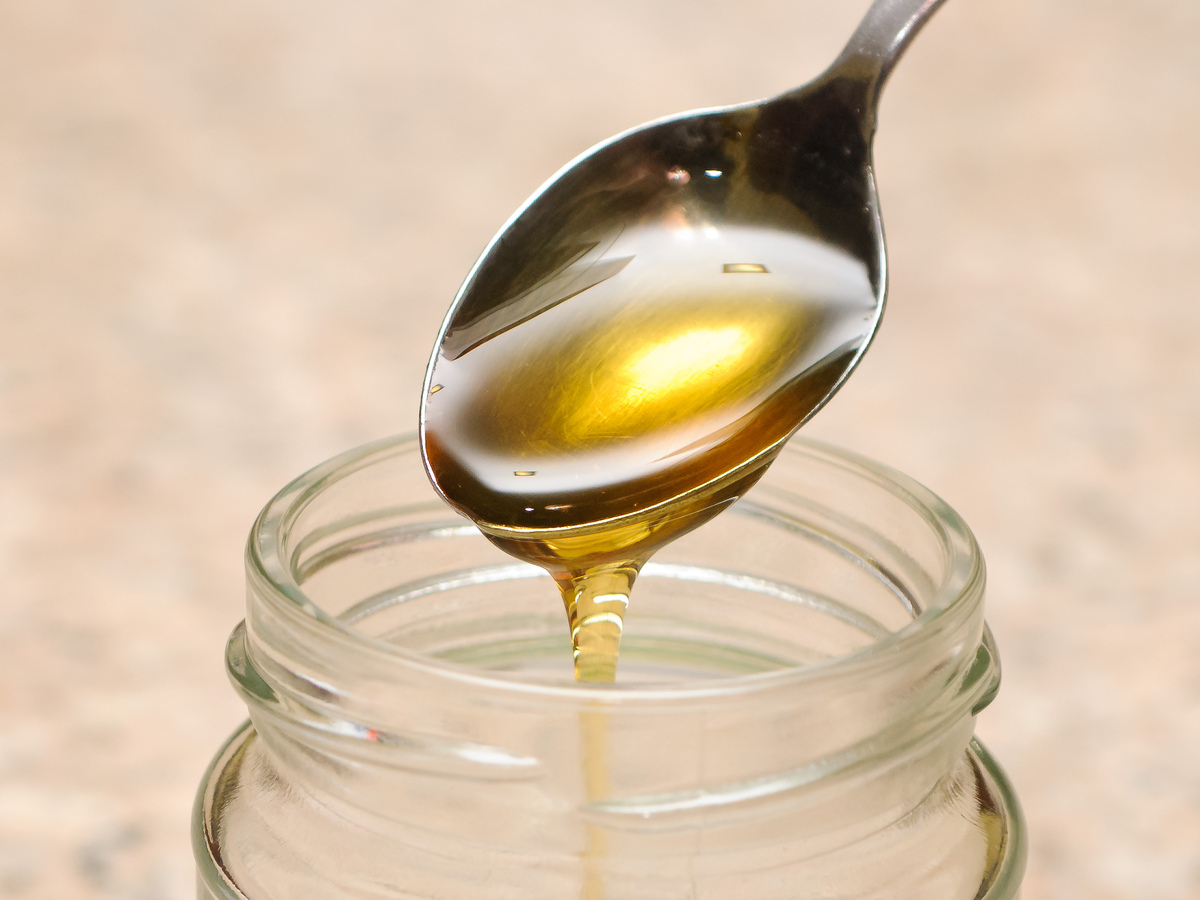
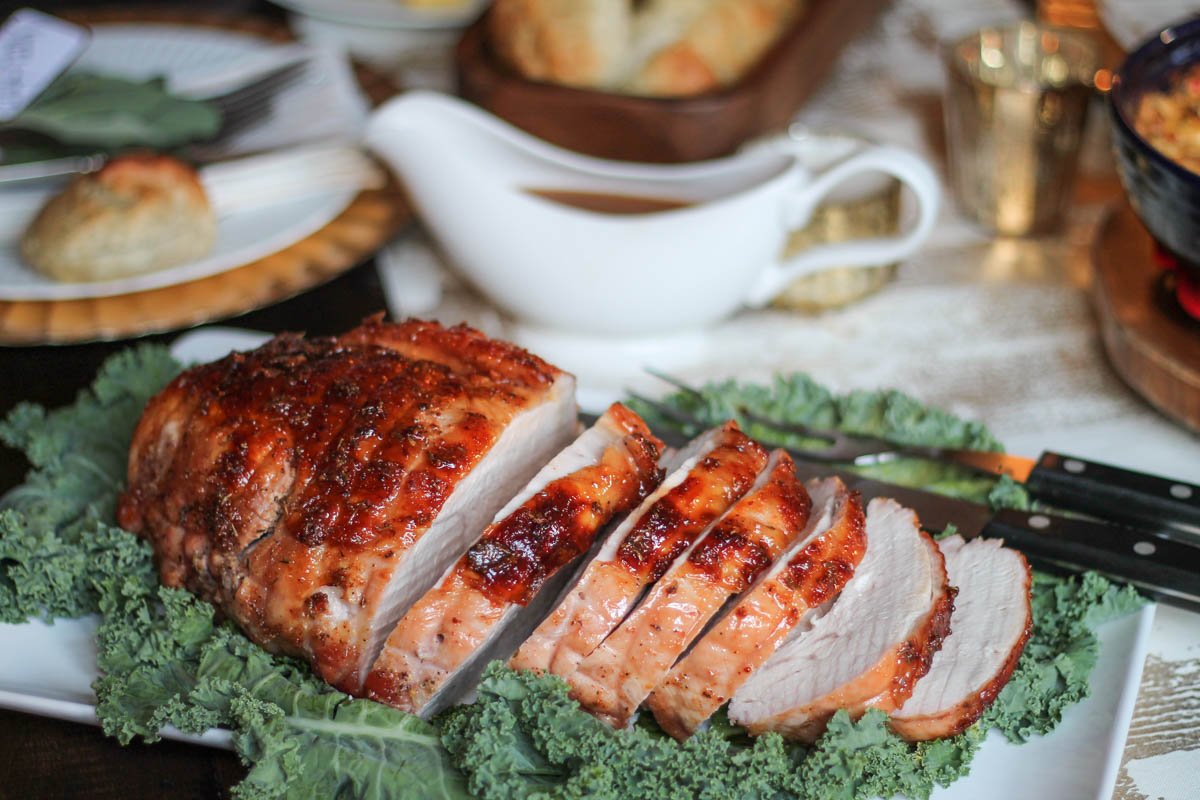
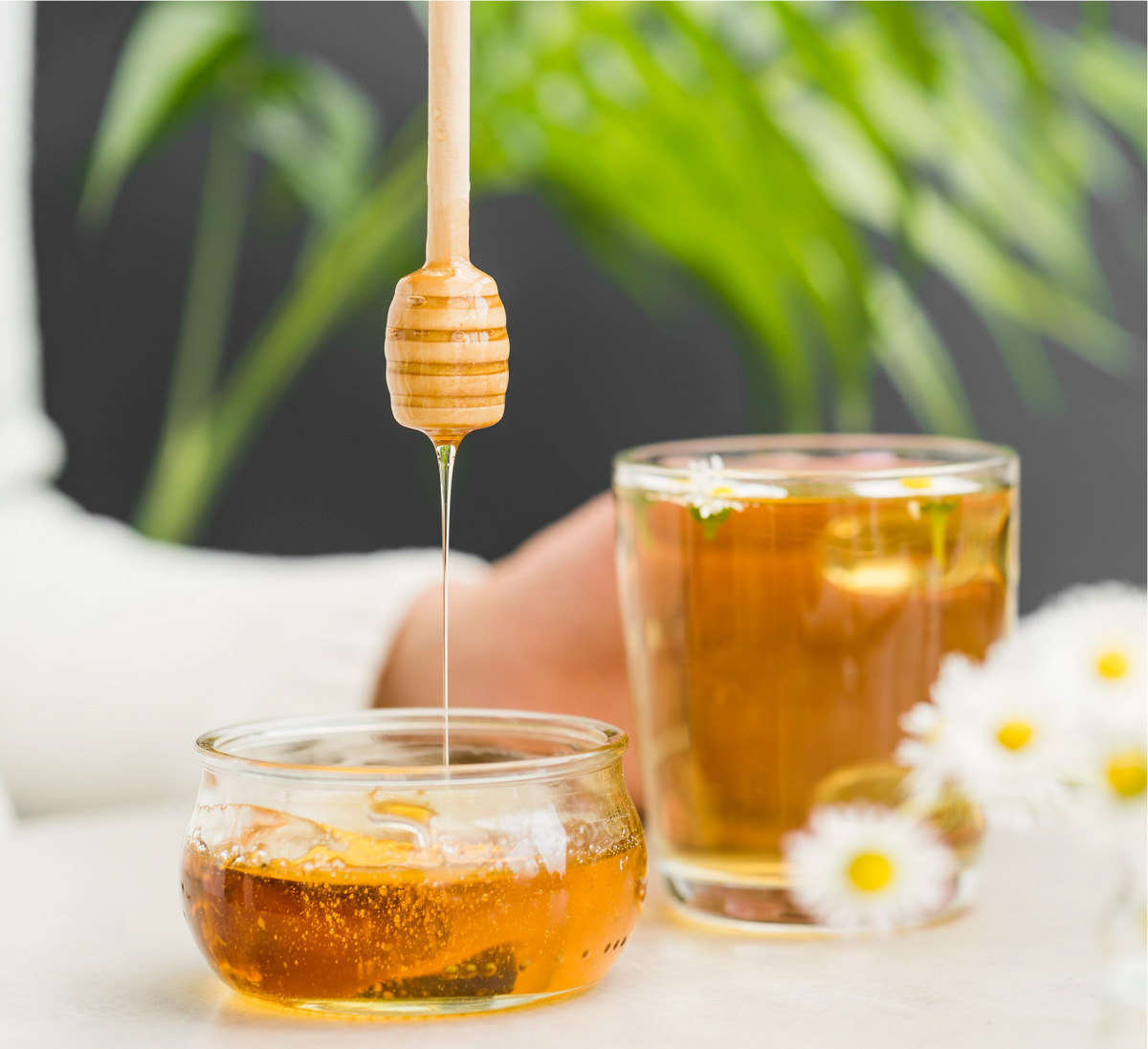
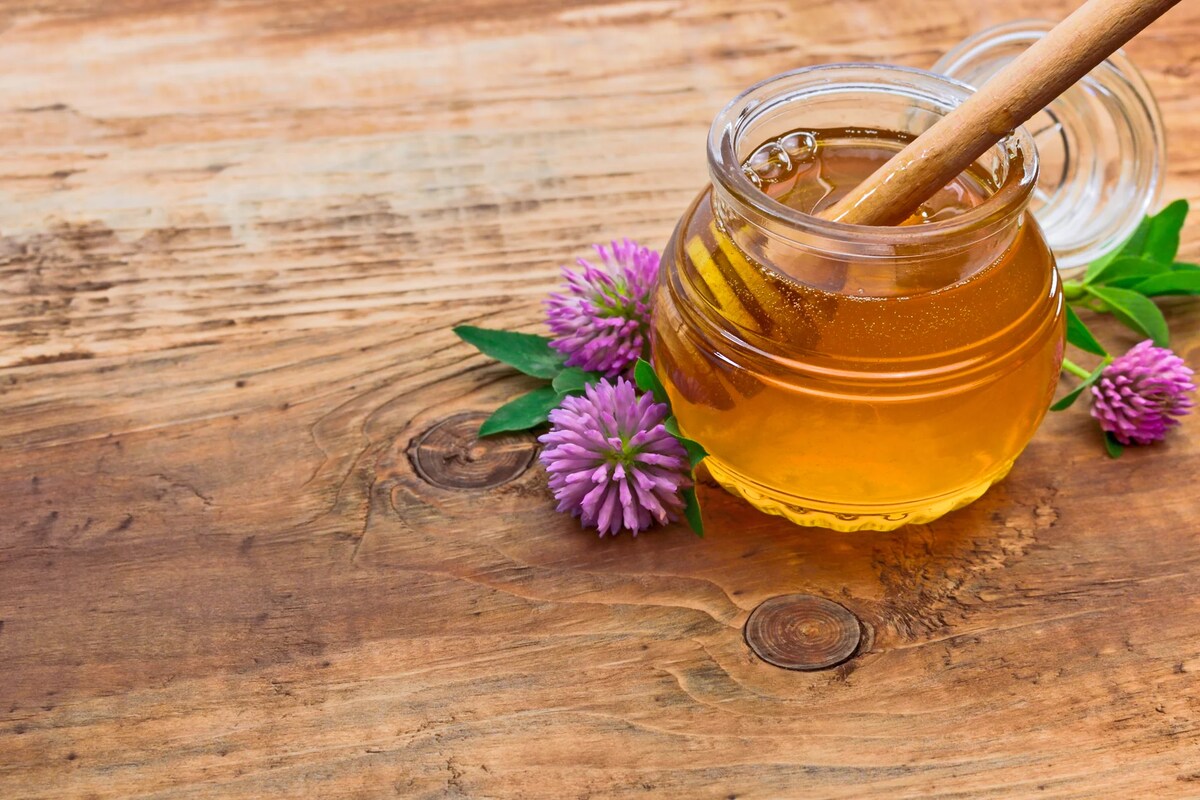
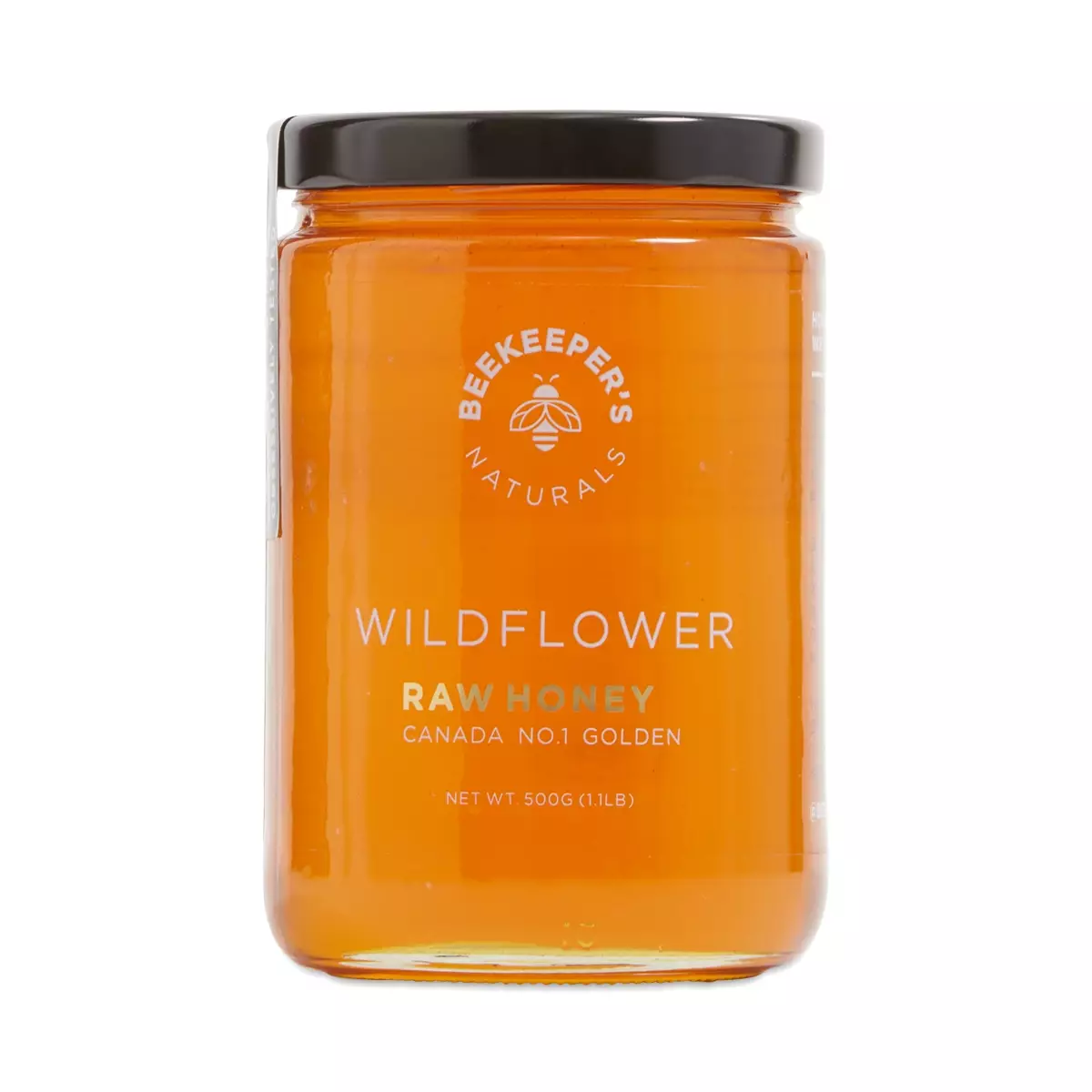
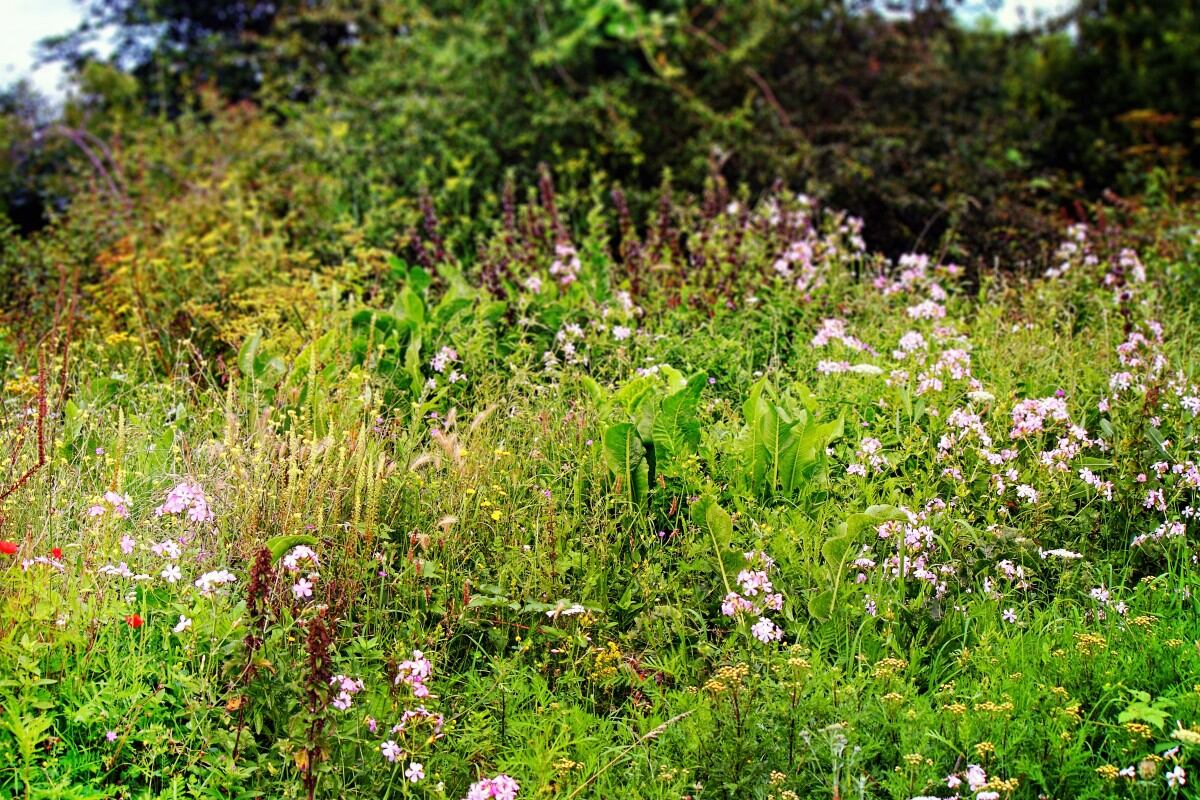
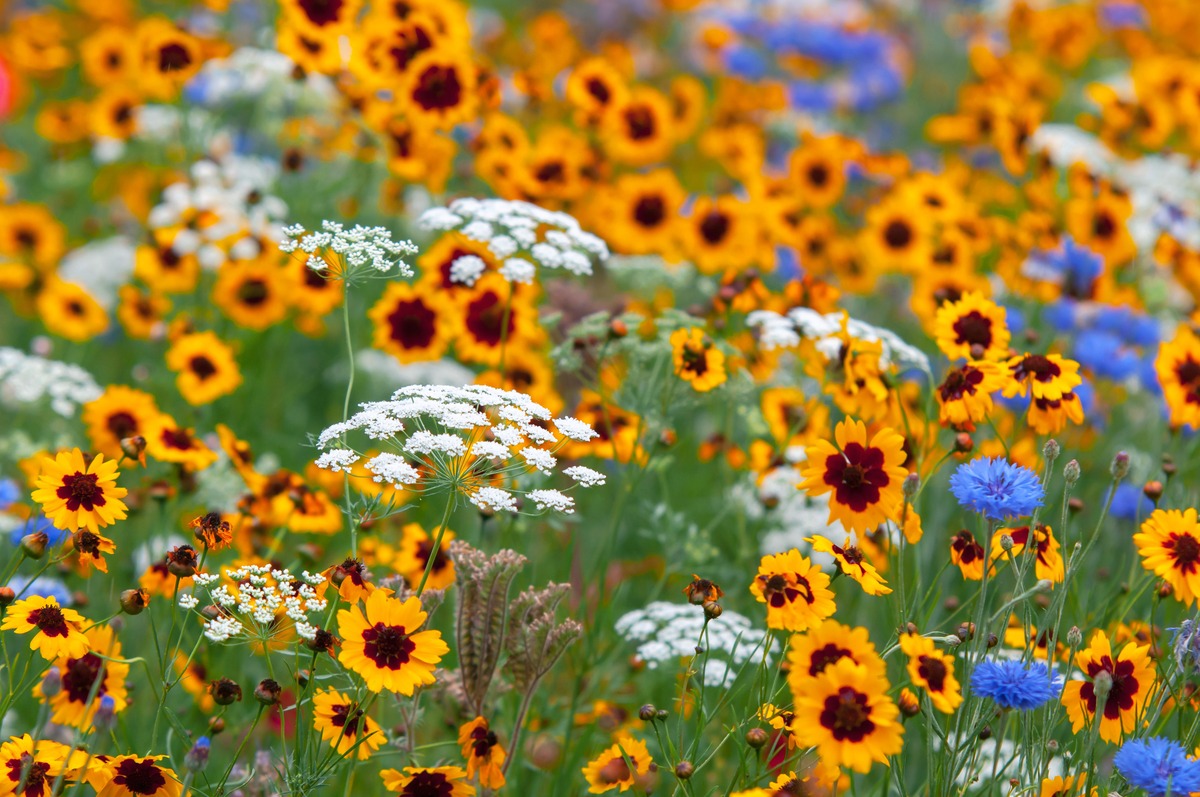
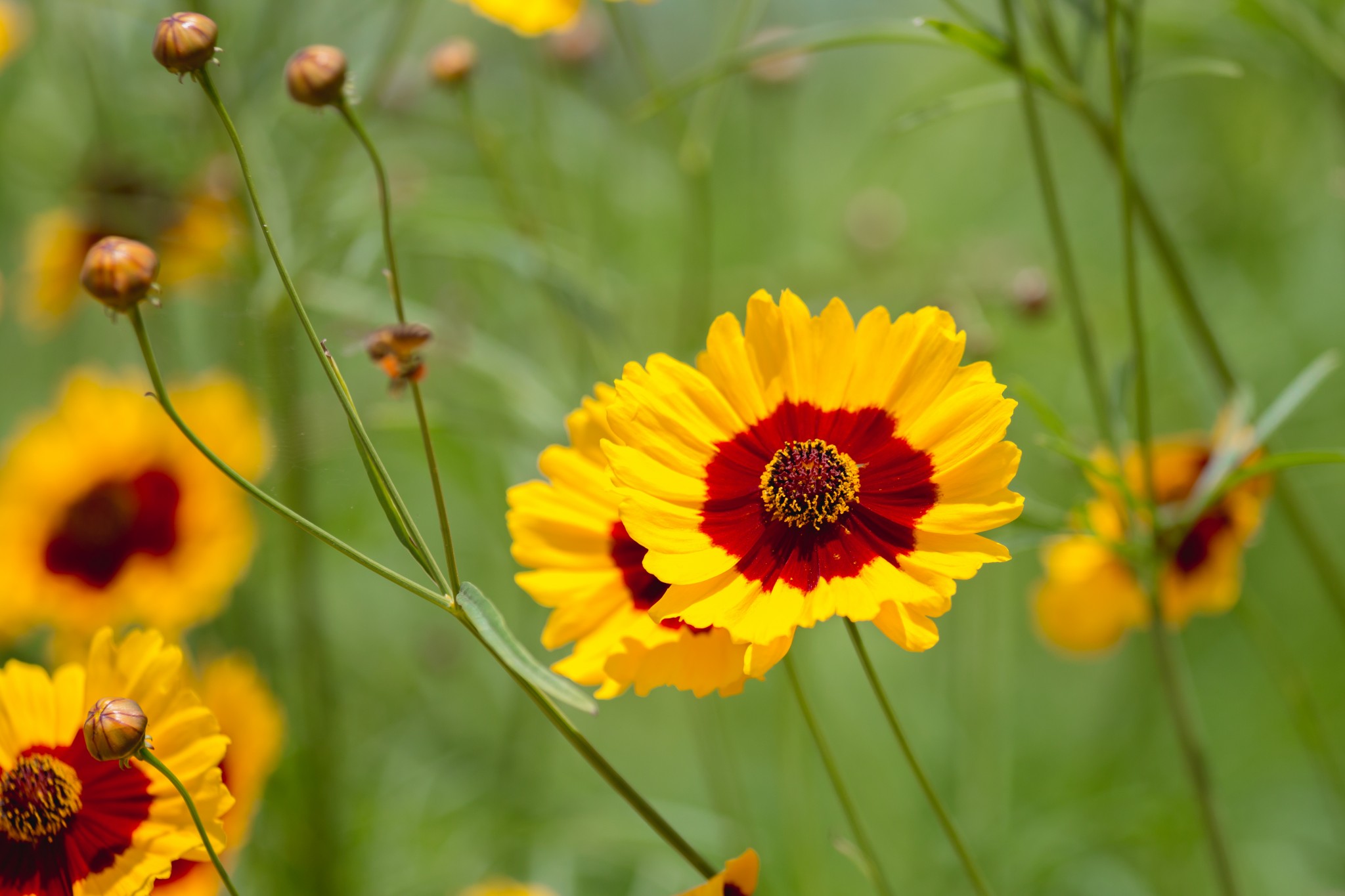
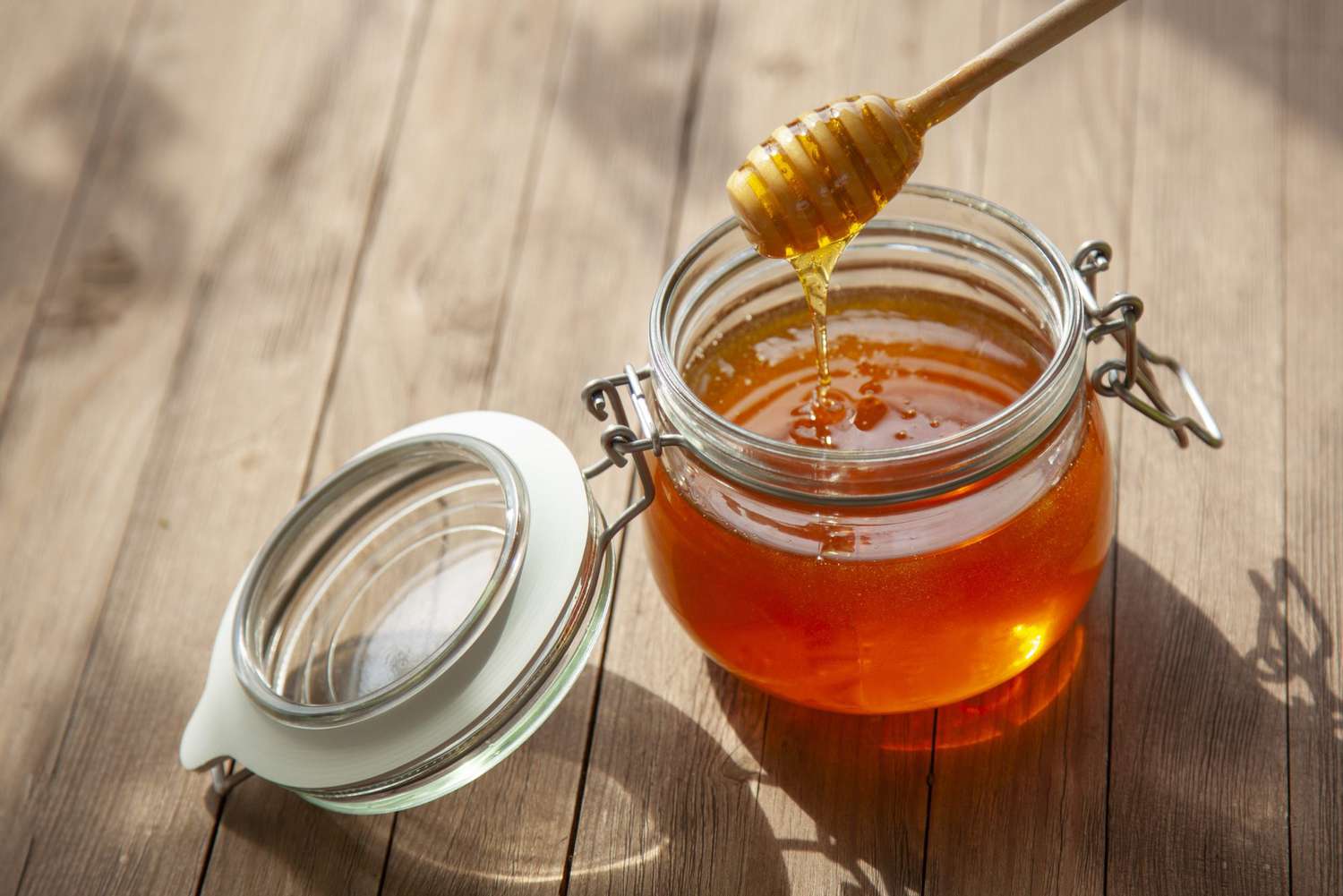
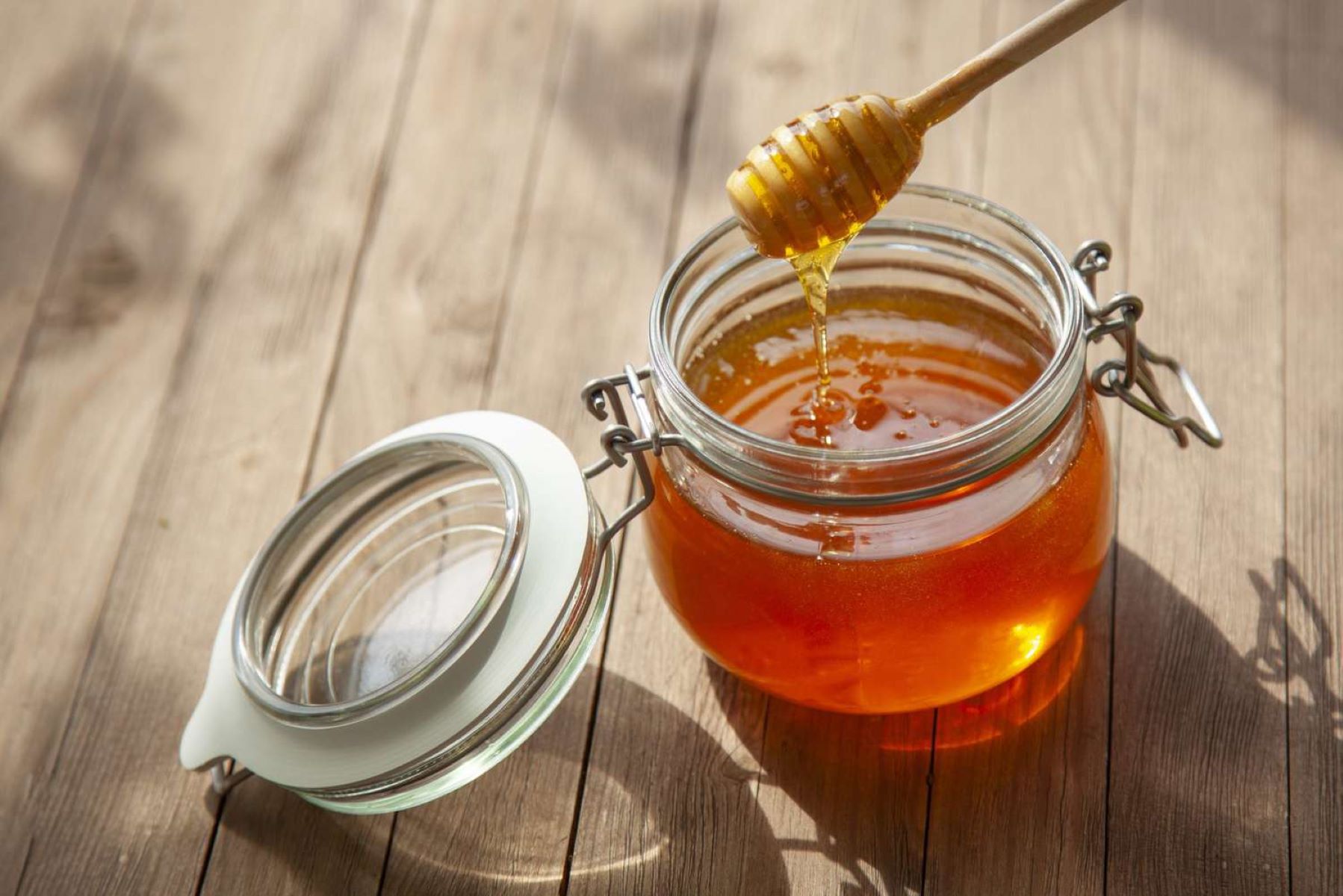
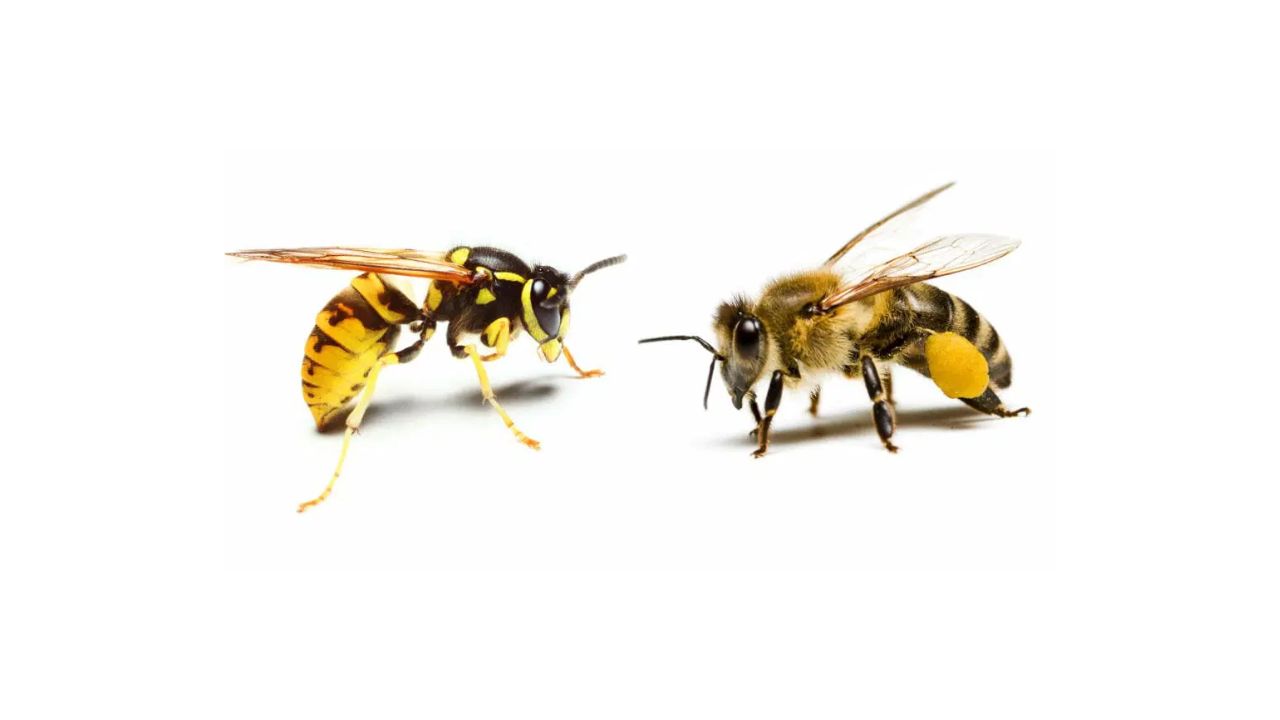
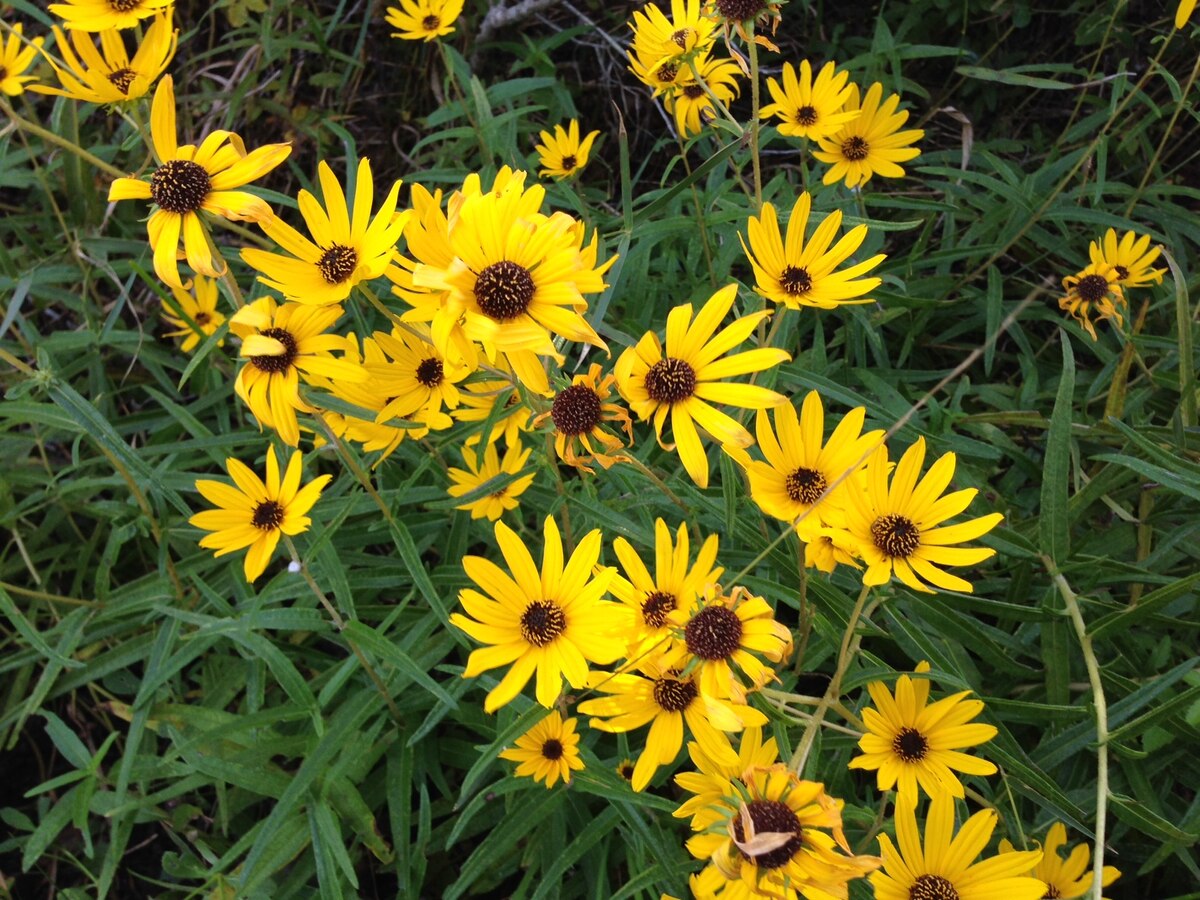
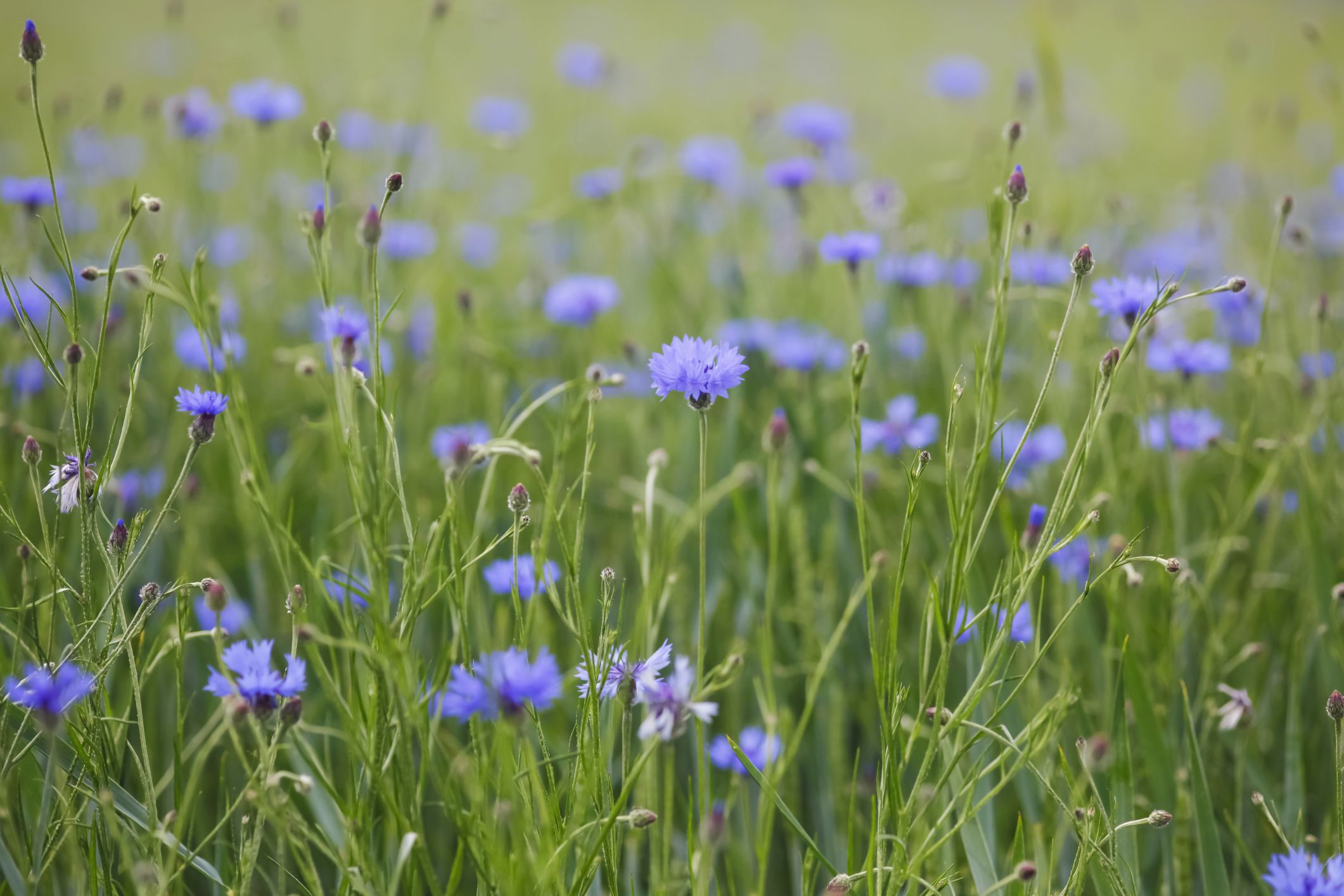
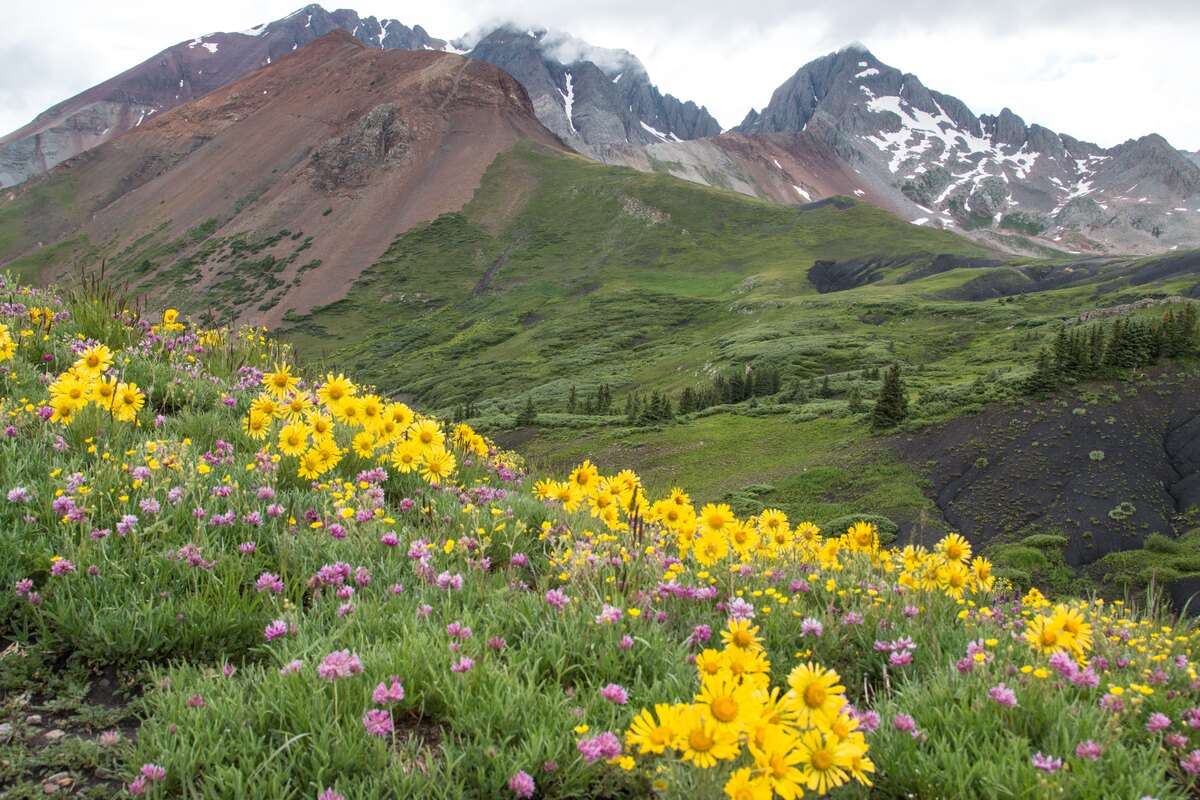

0 thoughts on “What Is Wildflower Honey”